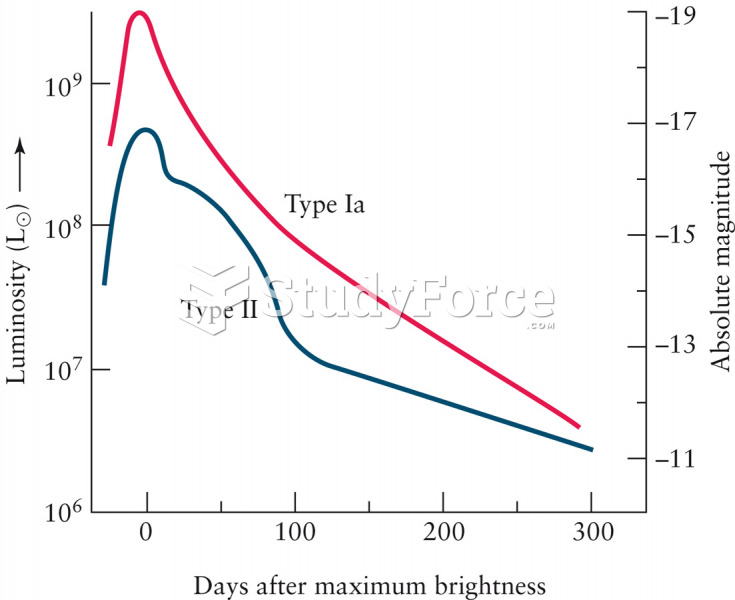Answer to Question 1
Although cells throughout the body generate circadian rhythms, the main driver of rhythms for sleep and body temperature is the suprachiasmatic nucleus, or SCN, a part of the hypothalamus. After damage to the SCN, the body's rhythms become erratic.
A small branch of the optic nerve, known as the retinohypothalamic path, from the retina to the SCN, alters the SCN's settings. Most of the input to that path, however, does not come from normal retinal receptors. Mice with genetic defects that destroy nearly all their rods and cones nevertheless reset their biological clocks in synchrony with the light. Also, consider blind mole rats, whose eyes are covered with folds of skin and fur. They are evolutionarily adapted to spend most of their lives underground. They have fewer than 900 optic nerve axons compared with 100,000 in hamsters. Even a bright flash of light evokes no startle response and no measurable change in brain activity. Nevertheless, light resets their circadian rhythms, enabling them to be awake only at night.
The surprising explanation is that the retinohypothalamic path to the SCN comes from a special population of retinal ganglion cells that have their own photopigment, called melanopsin, unlike the ones found in rods and cones. These special ganglion cells receive some input from rods and cones, but even if they do not receive that input, they respond directly to light. These special ganglion cells are located mainly near the nose, from which they see toward the periphery. They respond to light slowly and turn off slowly when the light ceases. Therefore, they respond to the overall average amount of light, not to instantaneous changes in light. The average intensity over a period of time is, of course, exactly the information the SCN needs to gauge the time of day. These ganglion cells respond mainly to short-wavelength (blue) light.
Note several consequences: First, some people who are blind because of damage to the rods and cones, or by damage to the visual cortex, nevertheless have enough input to the melanopsin-containing ganglion cells to entrain their waking and sleeping cycle to the local pattern of sunlight. Second, it was formerly puzzling that bright light aggravates migraine headaches for many blind people. The explanation is that the melanopsin-containing ganglion cells send input to the posterior thalamus, which is part of the pathway producing pain in migraines. Someone with no input to the visual cortex, and therefore no conscious vision, can nevertheless have light-sensitive excitation in the thalamus. A third consequence: Because these ganglion cells respond strongly to short-wavelength light, exposure to such light late in the day tends to reset the circadian rhythm, phase-delaying it. Computers, cell phones, and televisions emit a high percentage of short-wavelength light. Therefore, people who use those media in the evenings are likely to have trouble falling asleep, and further trouble awakening at the intended time the next morning.
Answer to Question 2
The locus coeruleus is a small structure in the pons which is inactive at most times but emits bursts of impulses in response to meaningful events. Axons from the locus coeruleus release norepinephrine widely throughout the cortex, so this area has a huge influence. Anything that stimulates the locus coeruleus strengthens the storage of recent memories and increases wakefulness. The locus coeruleus is silent during sleep.







